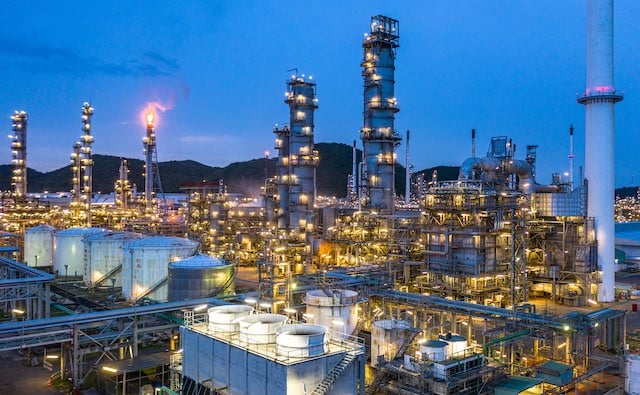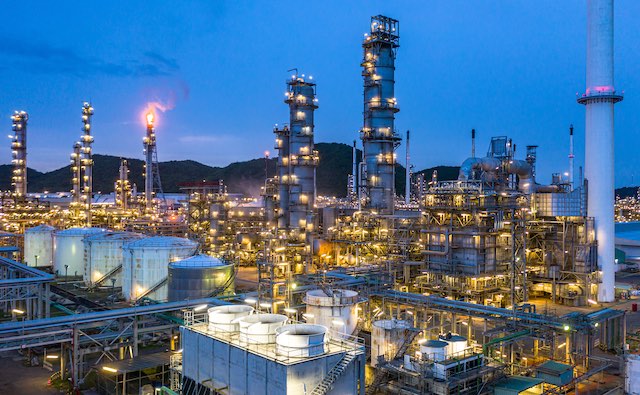
In the vast world of high-performance alloys, both Incoloy 800 and 825 have established their significance. These superalloys, famed for their durability, strength, and resistance, are foundational in industries that demand materials which can withstand extreme environments.
While they share some similarities, owing to their inherent nature and composition, they also have distinct differences that define their specific applications. Let's delve into a comparative analysis of Incoloy 800 and 825, highlighting both their commonalities and disparities.
Similarities:
- Base Element: Both Incoloy 800 and 825 are primarily composed of nickel, iron, and chromium. This trinity of elements gives both alloys their hallmark resilience and strength, making them ideal for demanding applications.
- Corrosion Resistance: Each of these alloys is known for its exemplary resistance to corrosion, particularly oxidizing environments. This is vital in industries where materials are regularly exposed to corrosive agents.
- Thermal Stability: Both alloys showcase exceptional thermal stability. They maintain their structural integrity even when exposed to elevated temperatures, making them favourites in the energy, processing, and aerospace sectors.
- Manufacturing Process: The production methodologies for both alloys are quite similar, leveraging state-of-the-art techniques to ensure consistency, quality, and reliability.
Differences:
- Chemical Composition: While they share some primary elements, there are variances in their composition. Incoloy 825, for instance, has the addition of molybdenum, copper, and titanium. This unique mix grants it enhanced resistance against certain corrosive environments, especially those involving sulfuric and phosphoric acids.
- Application Specialization: Due to the subtle differences in their chemical compositions, the alloys find preference in different industries. Incoloy 800, for example, is favoured in thermal processing and heat treatment furnaces because of its ability to resist carburization and oxidation at high temperatures. Incoloy 825, on the other hand, with its superior resistance to a wider variety of corrosive environments, is preferred in chemical processing, oil and gas, and marine applications.
- Temperature Tolerance: While both alloys can withstand high temperatures, Incoloy 800 exhibits a slightly higher creep-rupture strength. This makes it slightly more suitable for services at elevated temperatures.
- Resistance Variabilities: Incoloy 825's unique composition offers enhanced resistance to pitting and crevice corrosion, especially in neutral and acidic chloride solutions. This makes it a go-to choice for industries dealing with such environments, where 800 might not be the best fit.
Harnessing Their Potentials:
Choosing between Incoloy 800 and 825 comes down to understanding the specific requirements of your project. While both alloys provide a reliable backbone in various applications, their minor differences could influence performance outcomes. It's essential to recognize their individual strengths and potential limitations.
To maximise the benefits of these superalloys, collaborate with experts who can provide guidance tailored to your industry and needs. Partnering with seasoned professionals ensures that you harness the full potential of Incoloy 800 or 825, whichever aligns best with your objectives.
Forging Ahead with Incoloy
Incoloy 800 and 825 are testaments to the advancements in metallurgical science, offering unparalleled benefits to modern industries. As you venture into projects that demand materials of the highest caliber, understanding the nuances of these alloys will be instrumental in achieving optimal results.
If you would like to find out more about alloy 825 and alloy 800, just get in touch. Our team will be happy to advise.
 Differences and Similarities between Incoloy 800 and 825
Differences and Similarities between Incoloy 800 and 825